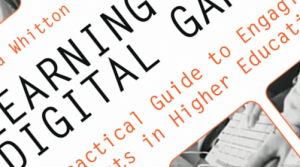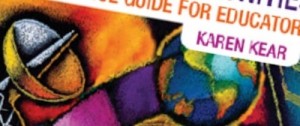Nation (2007) The Four Strands
Nation, I. S. P. (2007). The Four Strands. Innovation in Language Learning and Teaching, 1(1), 1-12
I frequently recommend Nation’s Four Strands to balance language learning experiences, so I re-read Nation’s original article just to check my understanding.
Nation’s Four Strands of 25% meaning-focused input, 25% meaning-focused output, 25% language-focused learning, and 25% fluency development continue throughout language learning experiences with approximately equal time spent on each strand.
Meaning-focused input and output are similar: input is reading and listening and output is writing and speaking. To define activities as meaning-focused input and output, learners must be familiar with most of language (95-98% of vocabulary), genuinely interested in understanding input and conveying output, and have enormous quantities of input and output. Examples of meaning-focused input are reading news articles online every day or watching several seasons of a TV series, and examples of meaning-focused output are frequently talking in conversations or regularly updating a blog. Nation supports his ideas with research (including Krashen’s (1995) Input Hypothesis and Swain’s (2005) Output Hypothesis) and the time-on-task principle, i.e. simply the more you do something, the better you will be at doing it.
Language-focused learning is the deliberate learning of language features (e.g. pronunciation, spelling, vocabulary, grammar, discourse) and language learning strategies. To define activities as language-focused learning, learners must give deliberate attention to language features, process language in deep thoughtful ways, use spaced repetition for learning, and use features at appropriate levels that are used in other strands. Examples of language-focused learning are memorizing dialogues and using (online/app) dictionaries.
Fluency development focuses on using known language fast and automatically for all language skills. To define activities as fluency development, learners must be familiar with all of the language (100% of vocabulary), focus on understanding and/or conveying meaning, have a sense of urgency, and have enormous quantities of input and output. Examples of fluency development are quickly skim reading texts, 4/3/2 repetitious speaking activities, writing within limited time frames, and listening to TV presenters (e.g. Jamie Oliver) who speak fast!
Nation bases his Four Strands on ten sound language learning principles.
Learners need to
1. use enormous quantities of comprehensible input,
2. notice language during input,
3. use wide variety of genres during output,
4. use cooperative interaction,
5. learn language deliberately,
6. use language learning strategies,
7. develop fluency,
8. balance the Four Strands,
9. repeat useful language,
10. assess learning needs.
If you follow Nation’s simple framework, you’ll have good language learning.








